
Review on Meshforce M1 Mesh WiFi System, Ultimate Whole Home WiFi Performance, WiFi Router Replacement, Maximum Wireless Coverage for 6+ Rooms, Easy Setup, Parental Control (3 Pack) by Aaron Romero

Works well, easy to set up, requires a smartphone for advanced setup.
One of the simplest routers I've ever seen, the first router I've ever seen that had a QR code that you could connect to. Adding additional grid points to the system was as easy as plugging into the mains. Even if you configure the main device immediately after adding other devices, they all have the same settings. Can be used without setup, but the phone app allows for customization. Network name, SSID and password can be changed. There are also settings for wireless guest network, parental controls, QOS, UPNP, DHCP, port forwarding server, and settings for service windows and firmware updates. Each device also has 1 internet connection and 1 LAN connection. I got it because every regular router I've tried had very poor reception in my garage. I put one in the middle of the house, the second in the corner by the garage, and the last one in the garage. I checked it and in the garage I had a good connection, although it might be a bit slower in the garage speed test. This is to be expected since every time you use a different device to connect to a wired or wireless network, the speed lags slightly. I did a test and turned off the power from a central point in the corner of the house. I still had a connection in the garage, but after restarting the device in the garage, without the device in the corner of the house, it did not establish a stable connection with the main device. A house. That tells me a few things; that each device has roughly the same coverage as a typical home router, and also tells me that device placement can be very important in achieving the desired goal. Placement of wireless networks is always important, but when you're trying to mesh things, that placement is probably even more important. I also like that all devices have Internet and LAN connections, so they can be swapped out. if needed. I checked it. I took what was my main device (connected to the modem) and swapped it out, all my settings stayed the same, I reconnected to the WIFI network on the computer and I had internet again. This means that if the main node fails, you can simply move the mesh point to temporarily replace it, and then replace the failed mesh node. treat it as an advanced setting. Without setting up a SIP ALG and an IP phone to test, I don't know how well VOIP will work through this system. I believe these things may change slightly in later versions of the software or if something like DD-WRT etc is ever released for that platform. For the vast majority of home users, or maybe even a small office, this probably won't be a big problem. If you want a simple mesh WiFi networking solution, it works very well and is simple enough that many people can set it up with a little experience. However, as an IT person I do look for things like the advanced settings mentioned, although many of these settings are rarely used I thought I should include those details if someone needs these things or is wondering if they are available.
- New
- Slightly torn
New products
Comments (0)
Top products in 🏠 Whole Home & Mesh Wi-Fi Systems
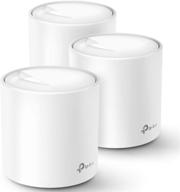
Get Superior WiFi Coverage with TP-Link Deco X20 Mesh System 📶 - Covers 5800 Sq.Ft, 6 Ethernet Ports, Wired Ethernet Backhaul Supported (3-Pack)

19 Review
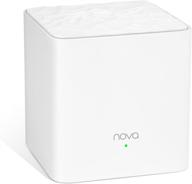
Tenda Nova Mesh WiFi System (MW3) - Complete Whole Home Coverage, 1-Pack

25 Review
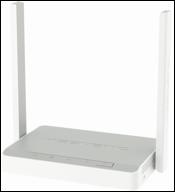
Wi-Fi router Keenetic Air (KN-1613), white/grey

26 Review
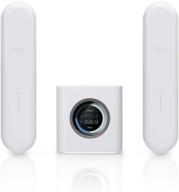
AmpliFi HD WiFi System: Whole Home Coverage, HD Router, 2 Mesh Points

33 Review
Another interesting products
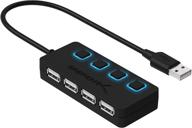
HB-UMLS Sabrent USB 2.0 Hub with 4 Ports and LED Power Switches for Each Port

12 Review
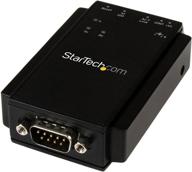
🔌 StarTech.com NETRS232 Serial to IP Ethernet Device Server - DIN Rail Mountable - Serial Device Server - Serial Over IP Device Server (Black)

4 Review
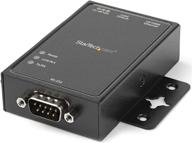
🌐 StarTech.com NETRS2321P: 1-Port RS232 to Ethernet IP Converter, Serial over IP Device Server - Black

5 Review
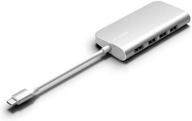
🔌 Juiced Systems Silver BizHUB USB-C Multiport Gigabit HDMI Hub with 3 USB 3.0 Ports, Gigabit Ethernet, 4K HDMI, SD/Micro SD, and USB-C Power Delivery

11 Review

